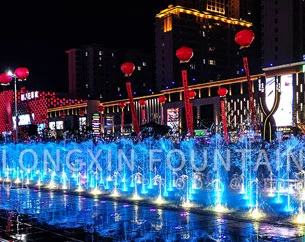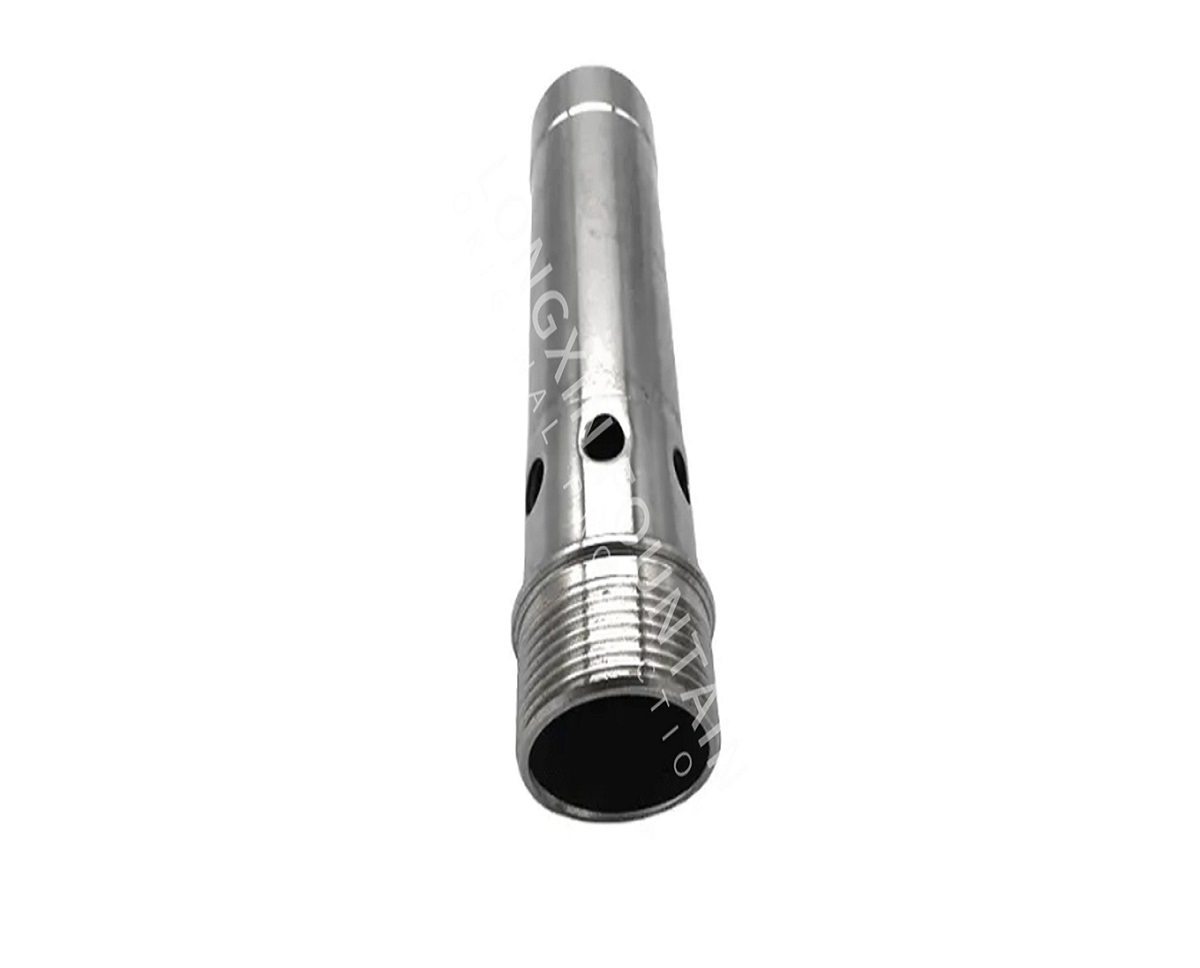The fountain pump plays a crucial role in fountain landscapes. It is a specially designed pump capable of drawing water from a low point and transporting it to a higher point. Through special nozzles and piping systems, it can spray water into various beautiful shapes and heights.
Water Lifting: Fountain pumps can elevate water from low points to high points, allowing the water to display various spray patterns such as columns, splashes, and mists. High-pressure fountain pumps can provide higher pressure, supporting water to jet at higher speeds and greater heights, resulting in more spectacular fountain effects.
Gas Delivery: While lifting water, fountain pumps typically inject an appropriate amount of gas, such as air or oxygen, into the water through the piping system. The injection of these gases helps form various delicate fountain effects, such as foam or mist-like patterns.
Pressure Increase: Fountain pumps can increase the water pressure, enabling the water to spray out at higher speeds and forces, creating more awe-inspiring fountain effects. High-pressure fountain pumps are particularly important in fountain landscapes that require powerful water columns.
Water Circulation: Fountain pumps can also recycle water. By directing a portion of the water back to the pump station, re-pressurizing it, and injecting gases, new fountain effects are formed. This recycling method helps conserve water resources and ensures continuous fountain operation.
Flow Rate and Head: Flow rate refers to the amount of water a fountain pump can deliver per minute, and head refers to the height the pump can lift the water. Choose a pump with appropriate flow rate and head based on the size and height of the fountain. High-pressure fountain pumps are generally suitable for designs requiring high water columns and strong water flow effects.
Type of Pump: There are various types of fountain pumps, such as centrifugal pumps, submersible pumps, and shielded pumps. Choose the appropriate type based on the fountain's design, installation location, and water circulation method. High-pressure fountain pumps are often used in larger fountain systems to ensure sufficient water flow pressure.
Power and Voltage: Check if the pump's required power supply and voltage are compatible with your electrical system. If the fountain has special power requirements, such as waterproofing or explosion-proofing, select the corresponding pump.
Noise: The noise level of the fountain pump is another factor to consider. If you intend to use the fountain in a quiet environment, choose a pump with lower noise levels.
Maintenance and Repair: Consider the maintenance and repair needs of the pump. Selecting a reliable brand and quality pump can reduce the frequency of repairs and replacements, saving time and money. High-pressure fountain pumps, due to their higher working pressure, typically require more maintenance to ensure long-term stable operation.
Budget: Finally, choose a suitable fountain pump based on your budget. Different brands, models, and configurations of pumps vary in price. Select the most suitable pump according to your needs and budget. High-pressure fountain pumps may be more expensive, but the fountain effects they deliver are usually more spectacular.


